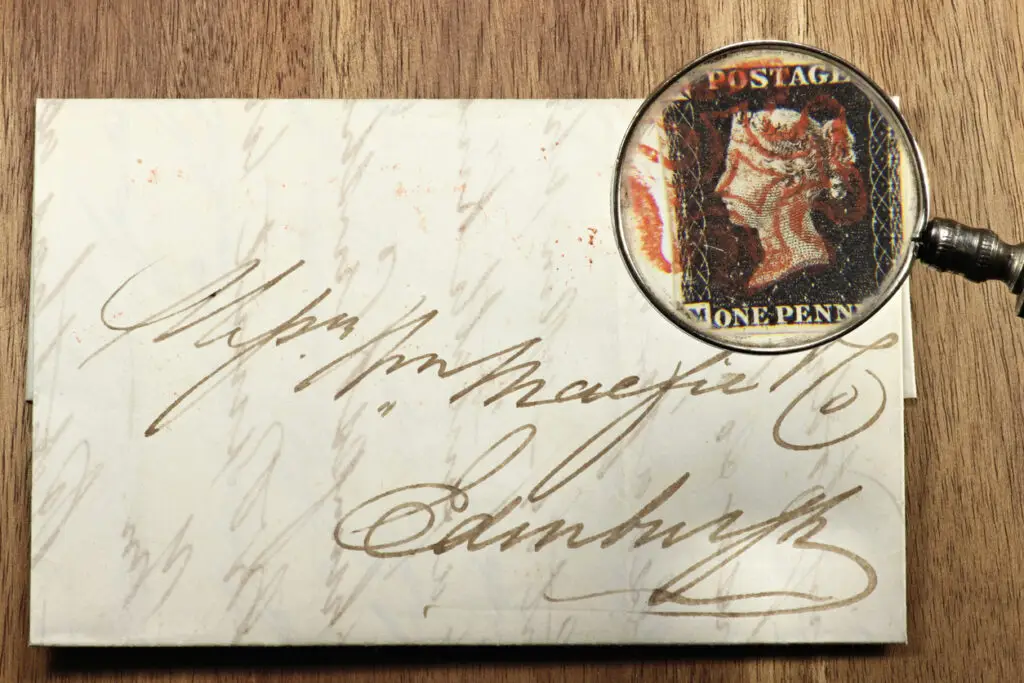Home » Stamps
The Fascinating History and Global Evolution of Postage Stamps

Stamps as Windows to History
Stamps are far more than simple adhesives for mailing letters. They serve as tiny windows into the culture, history, and artistic evolution of nations worldwide. For collectors, they tell stories of eras gone by, offering snapshots of moments in time. The first stamp issued, the Penny Black of 1840, not only revolutionized postal systems but laid the foundation for an entire collecting subculture. In this article, we’ll explore the origin of postage stamps, the key moments that shaped their global use, and the unique charm of triangular stamps—a niche that continues to captivate collectors today.
The Birth of Postage Stamps
Before postage stamps existed, sending a letter was a confusing and often burdensome process. The cost of sending mail was borne by the recipient, not the sender, and varied depending on factors like distance and the number of pages. This system frequently led to disputes, with many recipients refusing to accept or pay for their letters. Enter Sir Rowland Hill, an English reformer whose vision would forever change communication.
In 1837, Hill introduced a radical idea through his pamphlet “Post Office Reform: Its Importance and Practicability”. He proposed that the sender, not the recipient, should prepay postage at a uniform rate, regardless of distance. His idea was to use a small adhesive label to indicate that the postage had been paid. Despite initial skepticism from postal authorities, Hill’s vision was eventually adopted by the British government, leading to the issuance of the world’s first postage stamp on May 6, 1840
This first stamp, known as the Penny Black, featured a profile of Queen Victoria and allowed letters weighing up to half an ounce to be sent anywhere within the United Kingdom. The simplicity and efficiency of this system was groundbreaking. Not only did it simplify mail delivery, but it also democratized communication, making it affordable for nearly everyone to send letters(
The Global Spread of Stamps
The success of the Penny Black soon inspired other countries to adopt similar systems. In 1843, Brazil became the second country to issue its own postage stamp, the iconic Bull’s Eye. As the concept spread across Europe, other nations quickly followed suit, and by the mid-19th century, stamps were an essential part of postal services worldwide. France and Switzerland issued their first stamps in the early 1840s, and soon after, the United States followed in 1847(
This global adoption of stamps not only enhanced domestic communication but also facilitated international correspondence. With more countries using prepaid postage, sending letters across borders became simpler, and postal systems became more interconnected. The establishment of the Universal Postal Union (UPU) in 1874 marked a significant leap in this direction. The UPU standardized international mail systems, ensuring that stamps from one country could be used to send mail anywhere in the world—a monumental step in global communication
The Beauty and Rarity of Triangular Stamps
While most stamps are rectangular, triangular stamps have always held a special place in the hearts of collectors. The first triangular stamps were issued by Cape of Good Hope in 1853. These stamps were designed to stand out and to avoid confusion with rectangular stamps during postal sorting. The distinctive shape immediately captured attention and set a precedent for other countries to follow(
Since then, triangular stamps have been issued by numerous countries for special commemorations or events. Collecting these stamps offers a unique appeal due to their rarity and the artistic designs often associated with them. For instance, Sierra Leone and Tonga have issued unusual stamps in shapes like fruits or geometric patterns, adding another layer of intrigue for philatelists
Stamps as National Symbols
Stamps quickly became more than just a functional tool; they became a means for nations to showcase their culture, values, and historical achievements. Countries began issuing stamps that celebrated important national events, political leaders, and cultural figures. For example, after World War II, Germany used stamps to promote the nation’s contributions to European culture, while the United States issued stamps to honor inventors, artists, and historical milestones(
Stamps also became a tool for artistic expression. Notable artists, like Alphonse Mucha, were commissioned to design stamps, transforming them into miniature masterpieces
As time went on, stamps became a powerful symbol of national identity, often depicting the reigning monarch, key historical events, and famous landmarks.
The Evolution of Stamp Design and Material
Stamps have evolved significantly since the days of the Penny Black. Early stamps were simple black-and-white engravings, but over time, they became more colorful and intricate. Stamps were also printed in different shapes, such as triangles, circles, and even irregular designs, like Tonga’s famous banana-shaped stamps(
In terms of material, while most stamps are printed on specially designed paper, some have been made from unique materials like embossed foil. In the modern era, stamps have even embraced technology, with holographic designs and stamps printed with QR codes(
The Timeless Appeal of Stamps
From the invention of the Penny Black in 1840 to the wide array of stamp designs we see today, postage stamps remain a symbol of communication and creativity. For collectors, stamps offer a window into the history, culture, and technological innovations of the world. Triangular stamps, in particular, stand out as rare gems within the philatelic community, offering a blend of artistry and rarity that continues to captivate enthusiasts.
As you explore the world of stamps—especially triangular ones—this article will serve as a foundation for deeper dives into specialized topics. The legacy of stamps is rich, and the possibilities for collecting are endless, making them a timeless hobby for generations to come.
tetur adipiscing elit. Ut elit tellus, luctus nec ullamcorper mattis, pulvinar dapibus leo.
